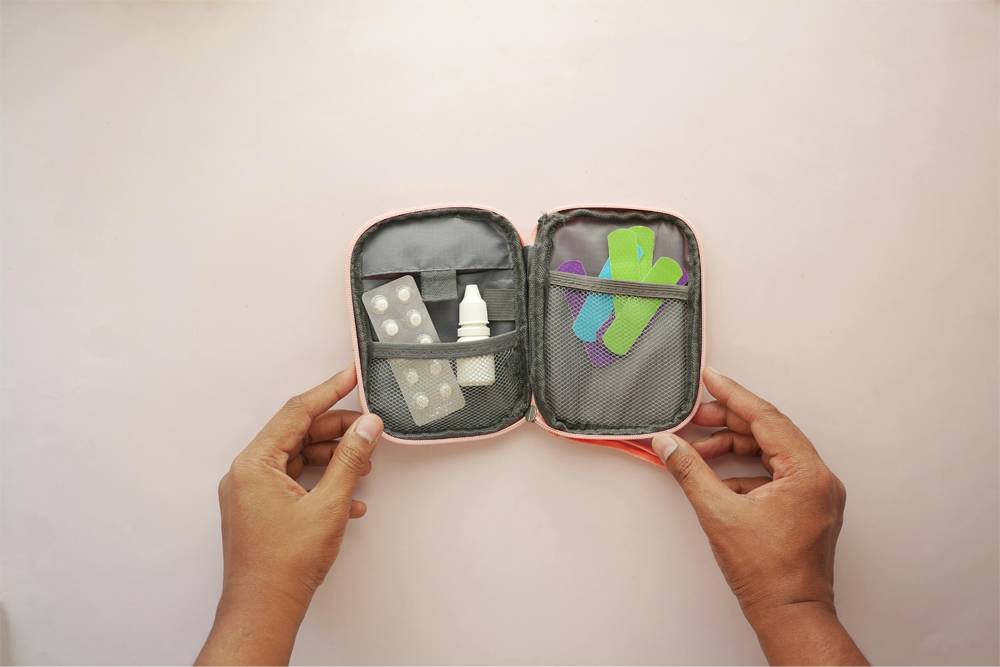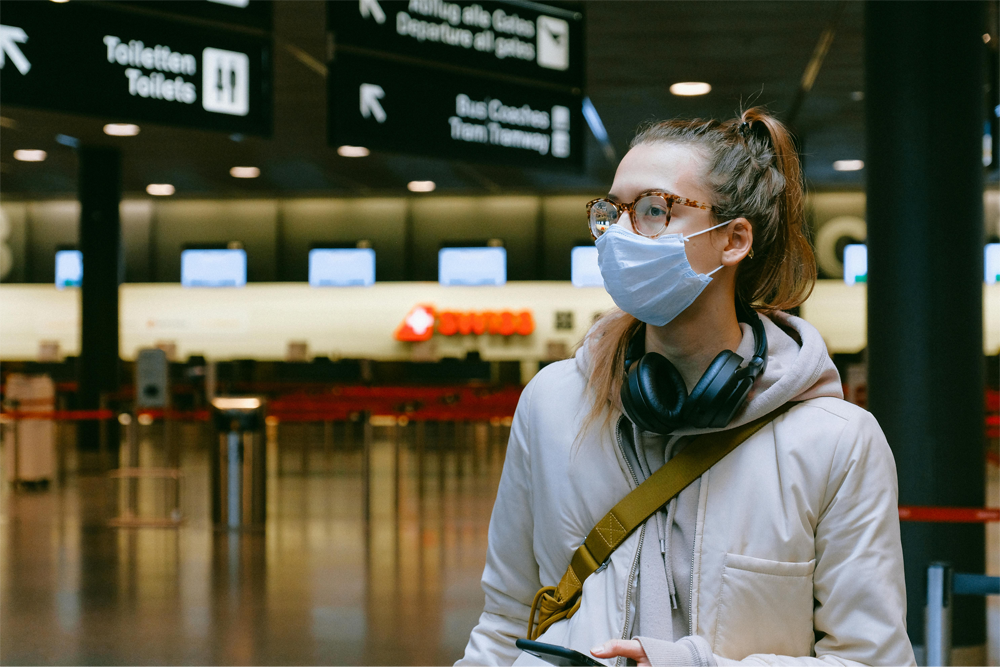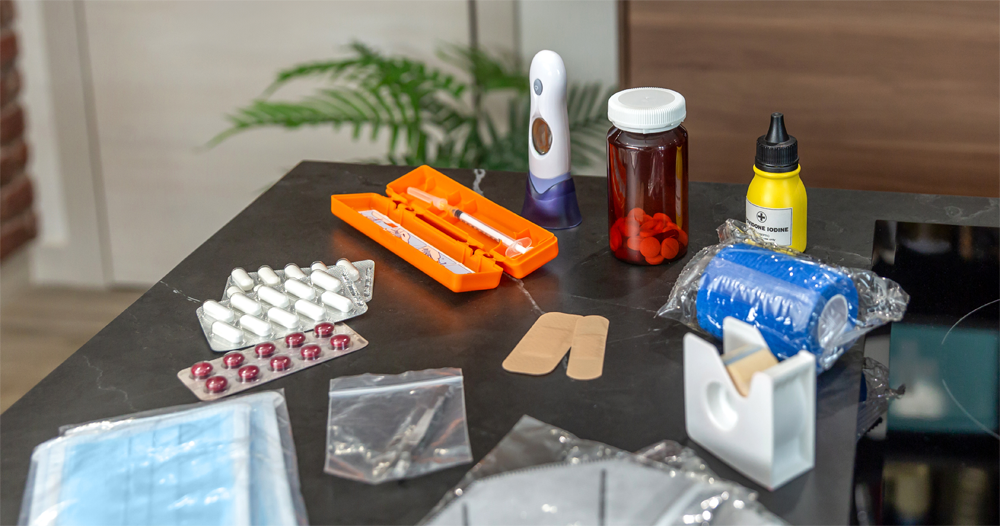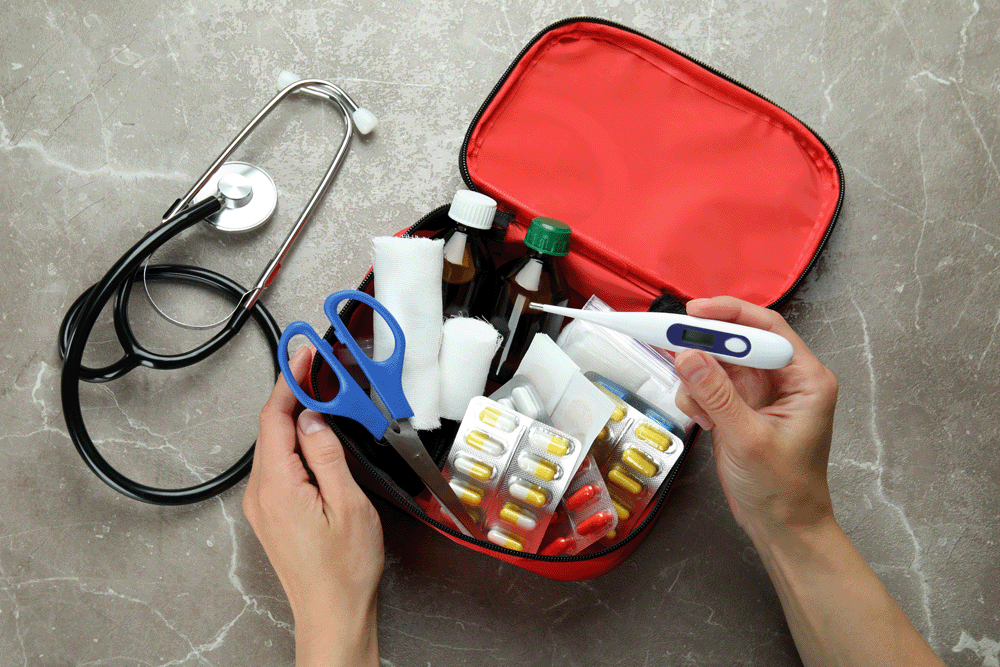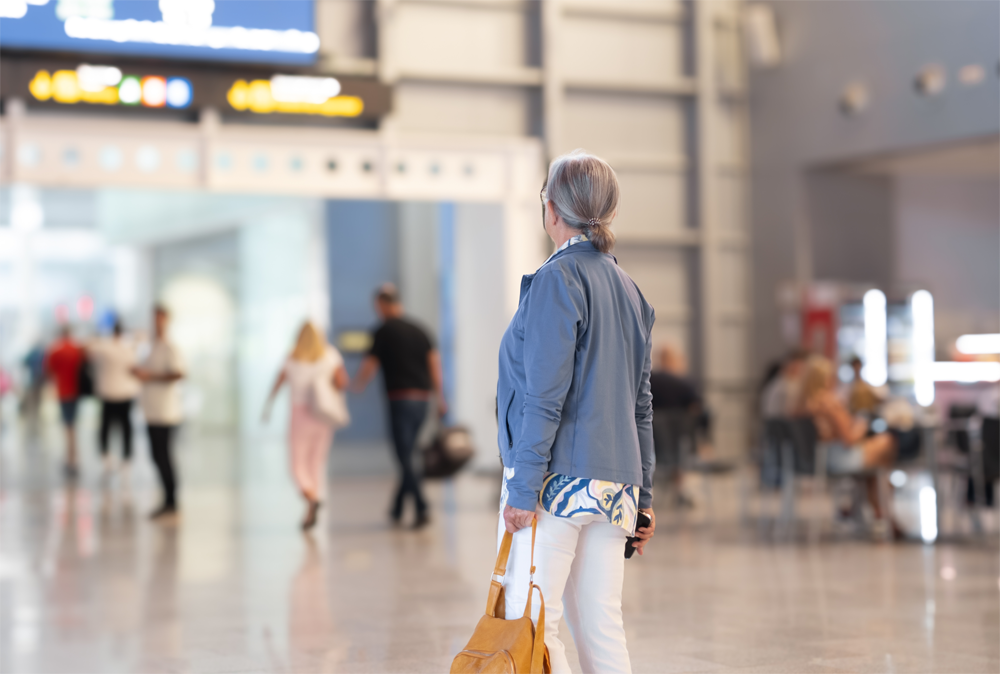You don’t need to be a survivalist to travel smart. Just a few minutes and a handful of well-chosen medications and supplies can prepare you for the unexpected on your next adventure. Whether you’re boarding an international flight or heading out on a long weekend road trip, building a reliable travel first aid kit is one of the smartest, easiest ways to protect your health on the go.
Minor travel illnesses happen all the time. And scrambling to find medication or first-aid supplies in an unfamiliar pharmacy, late-night airport, or remote town? That’s the last thing you want to do when you’re already not feeling well.
The good news: making a DIY travel first aid kit doesn’t have to be time-consuming or expensive. In fact, you can build a better one than most store-bought kits in under 10 minutes—and you’ll be so glad you did.


